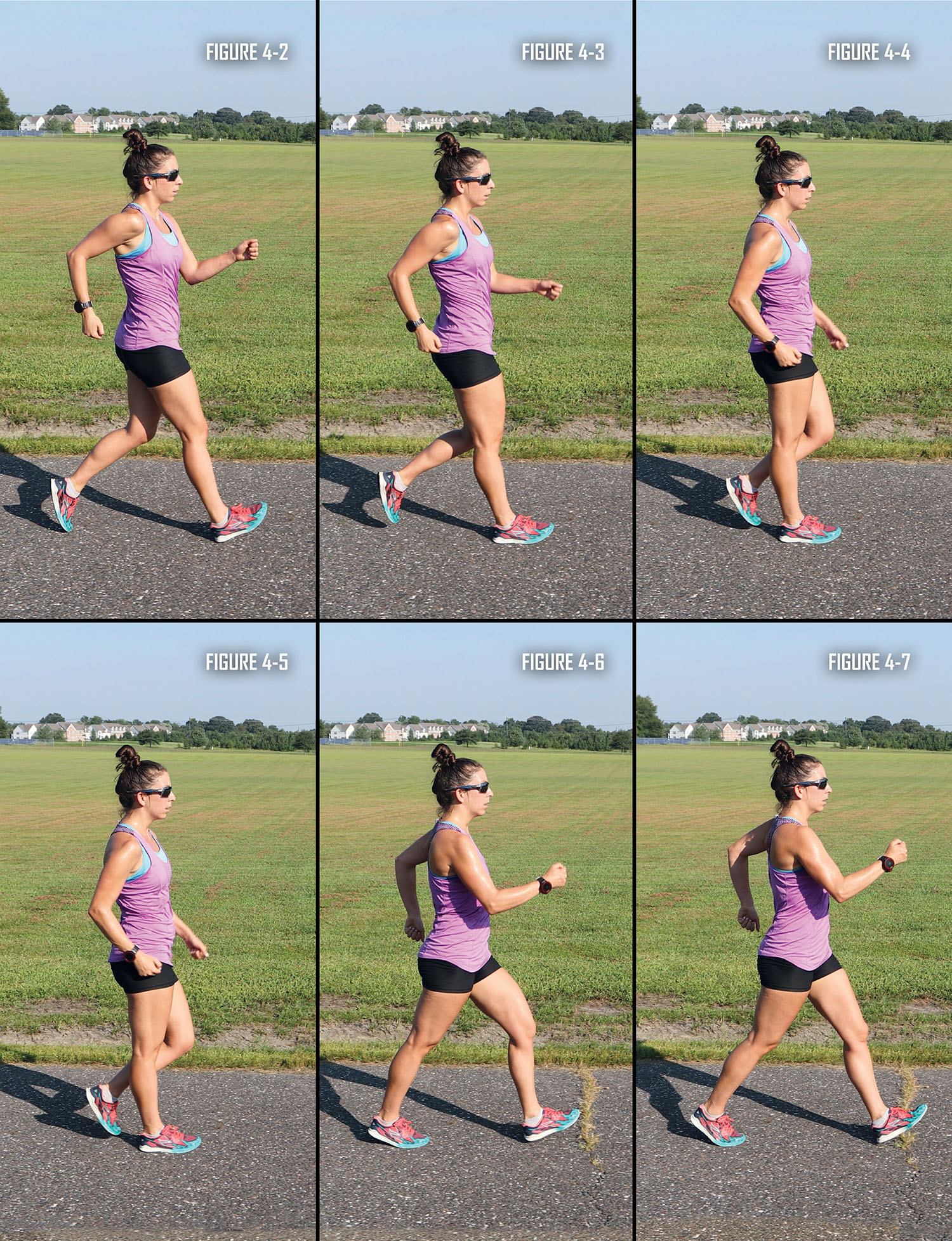Correct Race Walking Technique Explained

Let’s look at race walking in more detail. While the definition of race walking is fairly concise, the nuances and complexities of efficient race walking technique are far from simple. Watching elite walkers blaze by leaves you awestruck. It also leaves you with an image of textbook form that is fluid, powerful, and graceful. While many positive adjectives can replace those stated, they don’t describe why race walkers look so good. The key to good form is a combination of strength and range of motion.
Before we dive in, a brief a note about our explanation. When we state average statistics, we are not simply making up numbers. We studied high frame rate video and sequenced still photographs of many of the best race walkers in the world. Our numbers are an average of those findings. If you are interested in the details of the study, please read Looking at the Best, A Detailed Analysis of Elite Race Walking Technique.

Posture
Let’s start our discussion with posture. Notice how a race walker’s torso is in a vertical position (Figures 4-2 through 4-7). Historically, this wasn’t always the case with race walkers coached to lean from the ankles. This led to a very sore lower back as well as restricted hip rotation. By walking tall, walkers technique is more graceful and efficient. Their posture is one factor in why they can achieve the ideal of having a longer stride behind the body than in front of the body.

Next Lesson: Overall Stride - Race Walking Up Close Continued
Quick Link: Correct Hip Motion
Quick Link: Race Walking Arm Motion